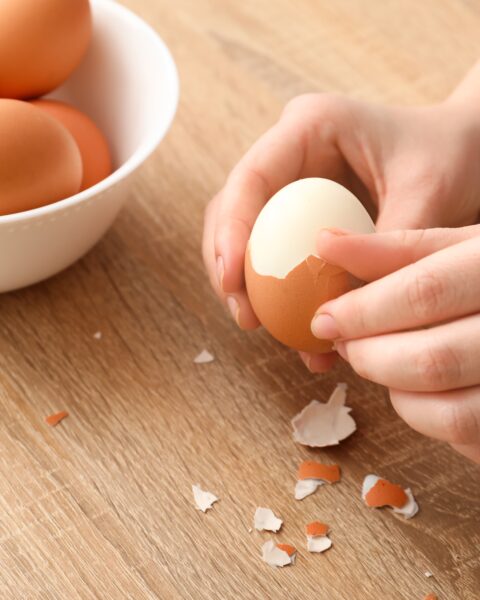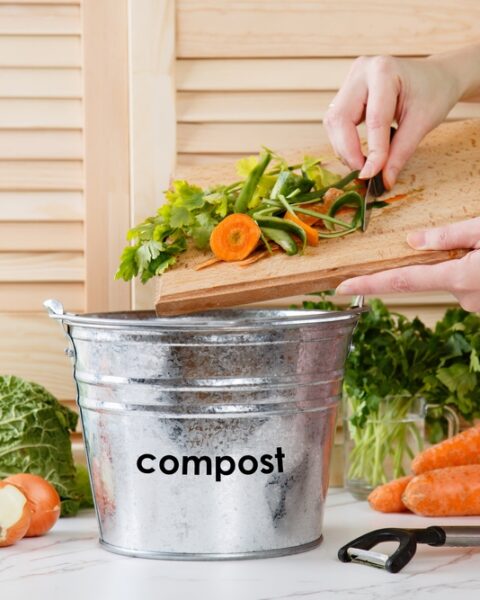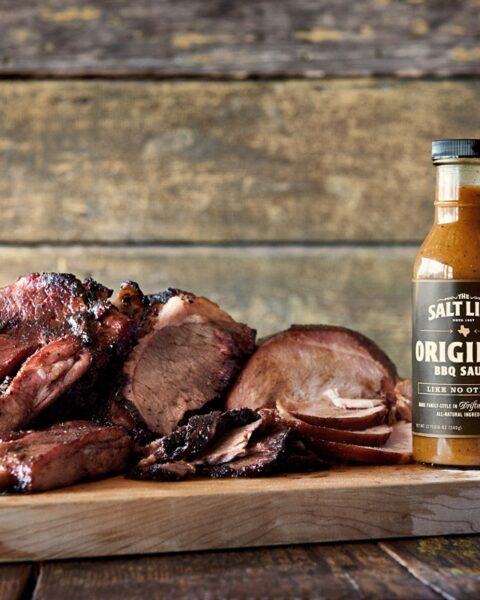Cooking at home can be so much more enjoyable when you’ve got the right skills under your belt. It’s not about being fancy; it’s about knowing the basics that make your meals taste amazing and save you time. Mastering them will not only boost your confidence but also make your dishes consistently delicious. Let’s dive into these must-know techniques that every home chef should have in their toolkit!
Contents
- 1 Knife Skills
- 2 Sautéing
- 3 Roasting
- 4 Boiling and Simmering
- 5 Grilling
- 6 Baking
- 7 Poaching
- 8 Steaming
- 9 Braising
- 10 Stir-Frying
- 11 Blanching and Shocking
- 12 Deglazing
- 13 Making Roux
- 14 Marinating
- 15 Plating and Presentation
- 16 More From RetailShout
- 17 13 Aldi Meat Products, Ranked
- 18 12 Extravagant Costco Holiday Gifts You Need to See in 2024
Knife Skills
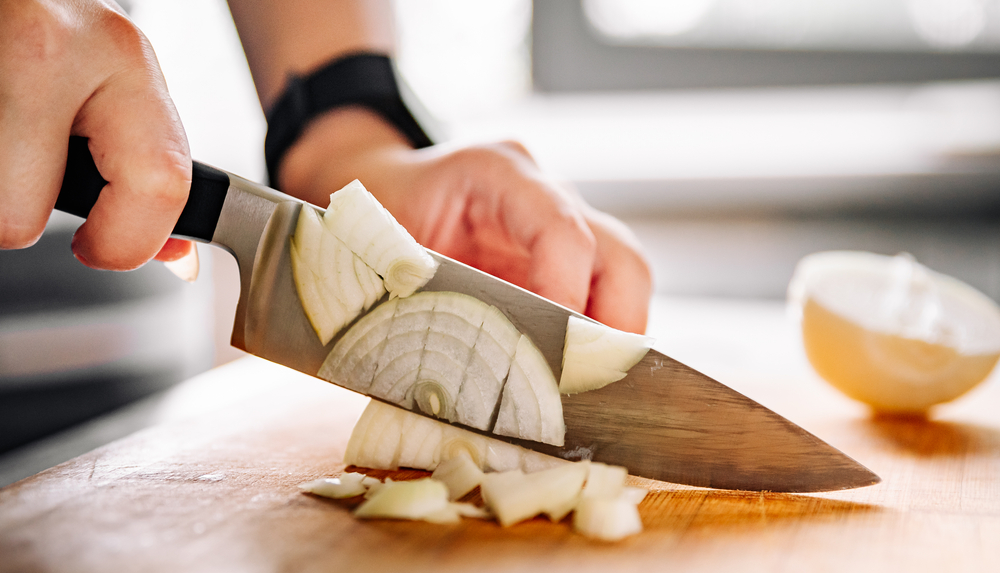
Good knife skills are the backbone of efficient and safe cooking. Whether it’s chopping, dicing, or mincing, knowing how to handle your knives properly ensures even cooking and enhances presentation. It also reduces the risk of injury and speeds up meal prep. Practice with different ingredients to refine your technique and gain more control in the kitchen.
Sautéing
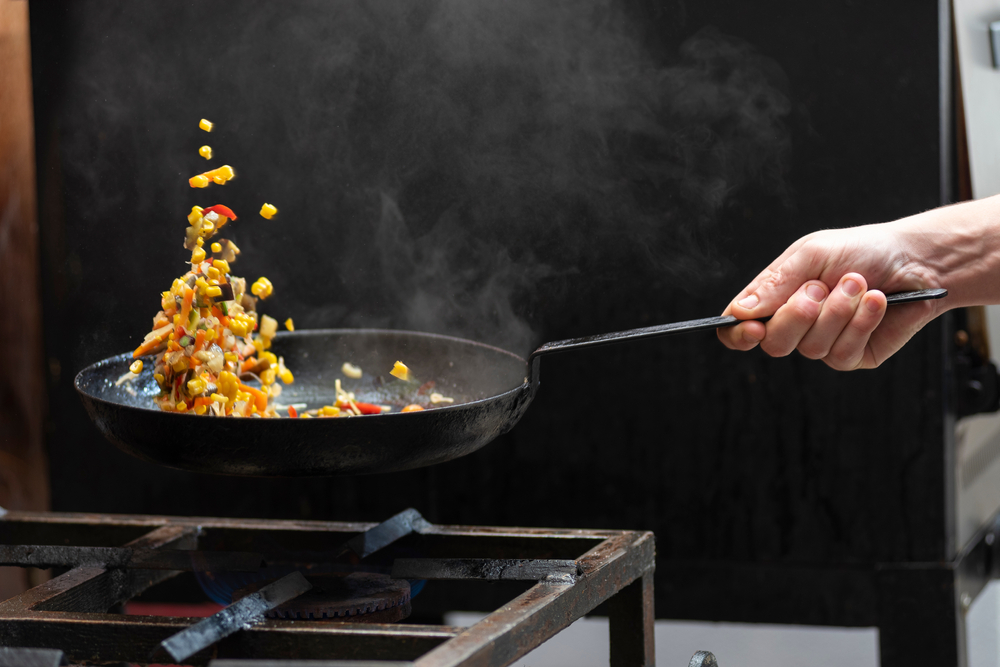
Sautéing is a quick cooking method that uses a small amount of oil or butter over medium-high heat. It’s great for vegetables, meat, and seafood, giving them a golden brown color while locking in moisture. To get it right, maintain the right pan temperature, keep the ingredients moving, and avoid overcrowding. Mastering sautéing will make you more versatile in the kitchen.
Roasting
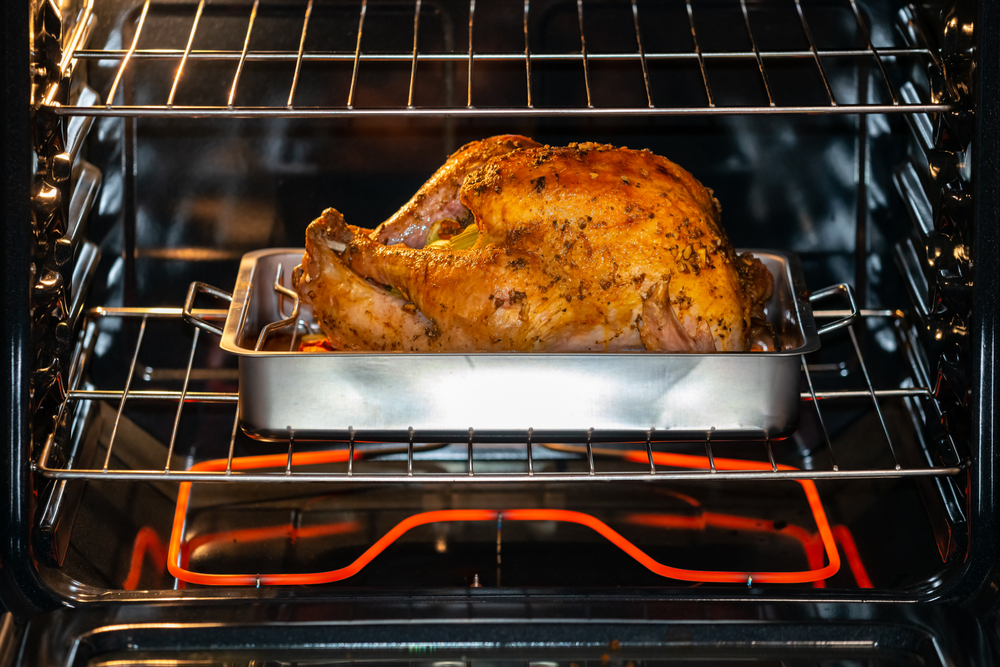
Roasting uses dry heat in the oven to cook food, bringing out deep flavors and creating crispy textures. It’s ideal for meats, poultry, and vegetables, with caramelization adding sweetness. Preheat the oven and use a good roasting pan to ensure even cooking. A little basting or seasoning helps enhance flavor and prevent dryness.
Boiling and Simmering
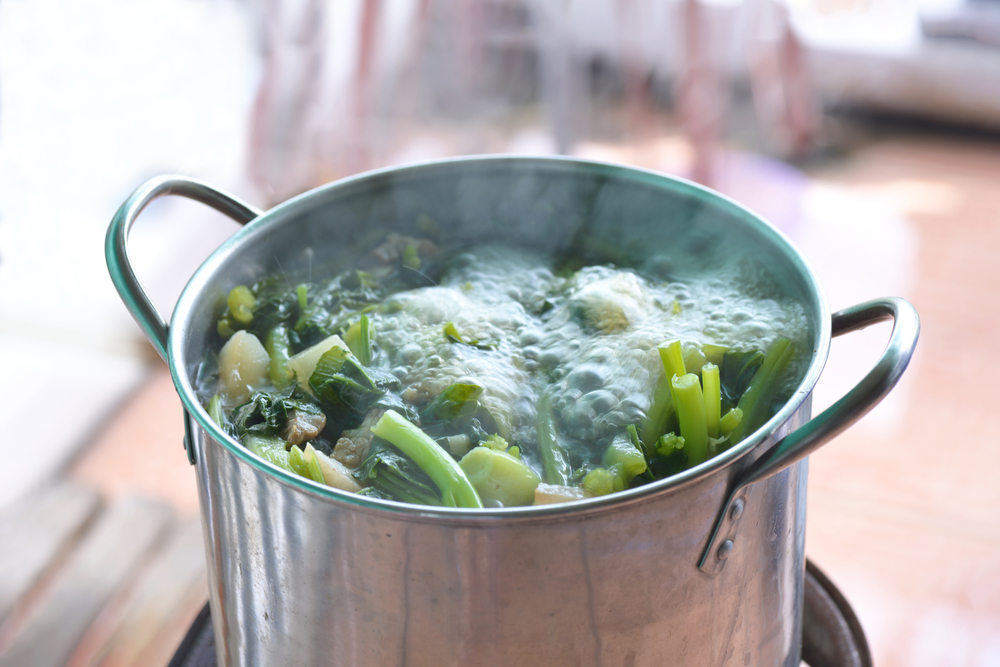
Boiling and simmering are two essential techniques for cooking a wide range of dishes. Boiling, with its high-temperature water, is perfect for pasta, vegetables, and blanching. Simmering, which uses lower heat, is ideal for soups, stews, and braised dishes. Managing the water temperature is key to preventing overcooking, and adding salt or broth can boost flavor.
Grilling
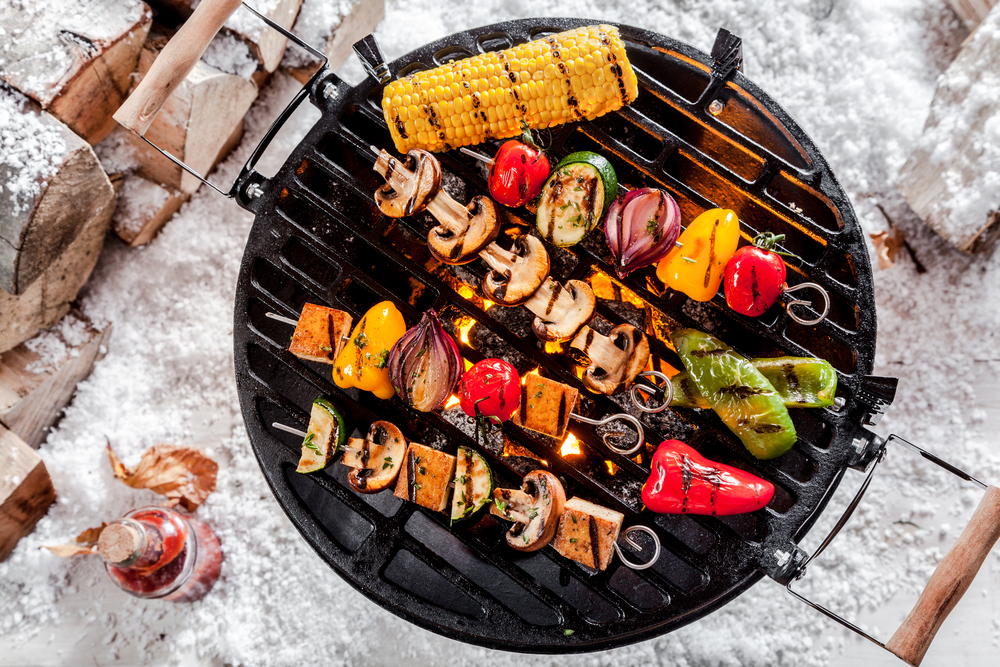
Grilling imparts a smoky flavor to food, with those signature grill marks. It’s great for meats, veggies, and even fruits. Preheat the grill to ensure good searing and manage the heat zones to cook different ingredients simultaneously. Grilling adds depth to your outdoor cooking experience and gives you plenty of options.
Baking
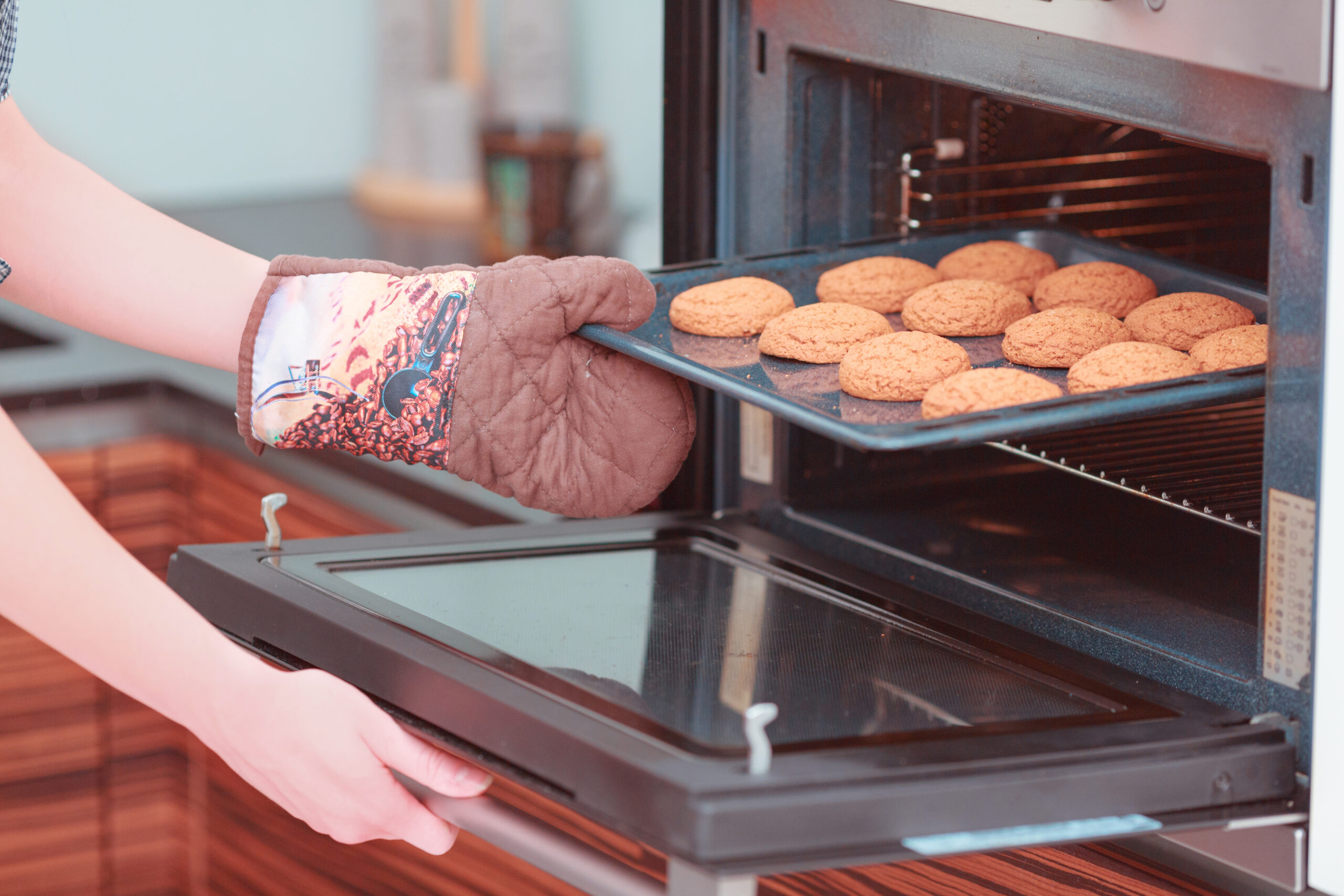
Baking is key for breads, pastries, and casseroles. Precision is important here—measure your ingredients carefully and follow the recipe to the letter. Understanding the role of leavening agents like yeast or baking powder will help you get the right texture. Don’t forget to calibrate your oven and use the correct rack placement for even baking.
Poaching
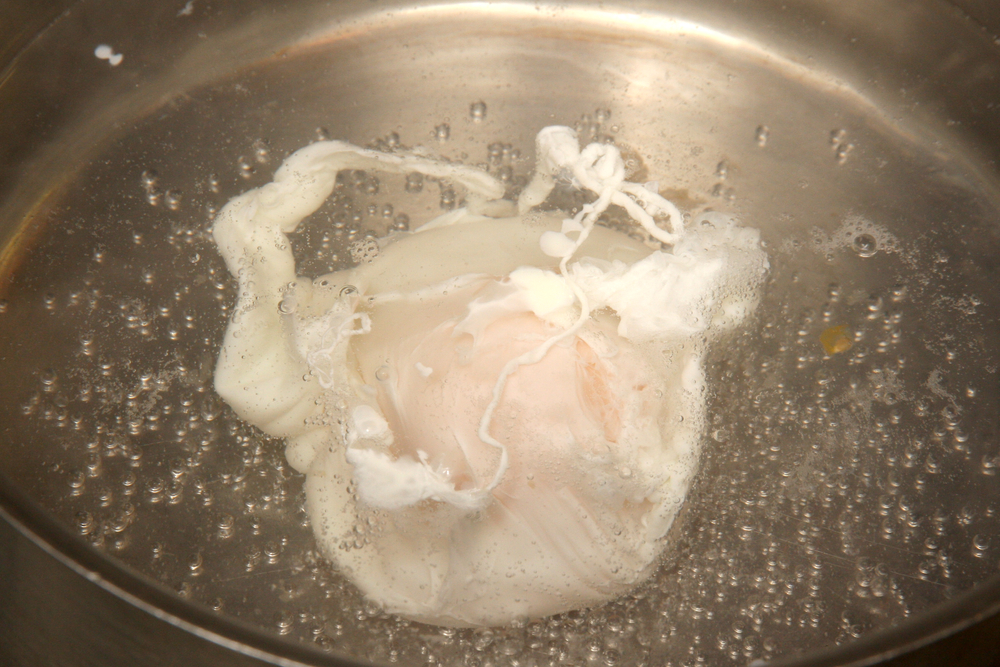
Poaching gently cooks food in liquid at low temperatures, preserving delicate textures and flavors. This technique is perfect for eggs, fish, and fruit, making them tender and moist. Keep the liquid at a low, almost simmering temperature to prevent overcooking. Poaching in flavorful broths or infusions can elevate the taste.
Steaming

Steaming is one of the healthiest cooking methods, preserving nutrients and flavors. It’s perfect for vegetables, seafood, and dumplings. To steam effectively, use a steamer basket or other proper equipment, and avoid overcrowding to allow steam to circulate freely.
Braising
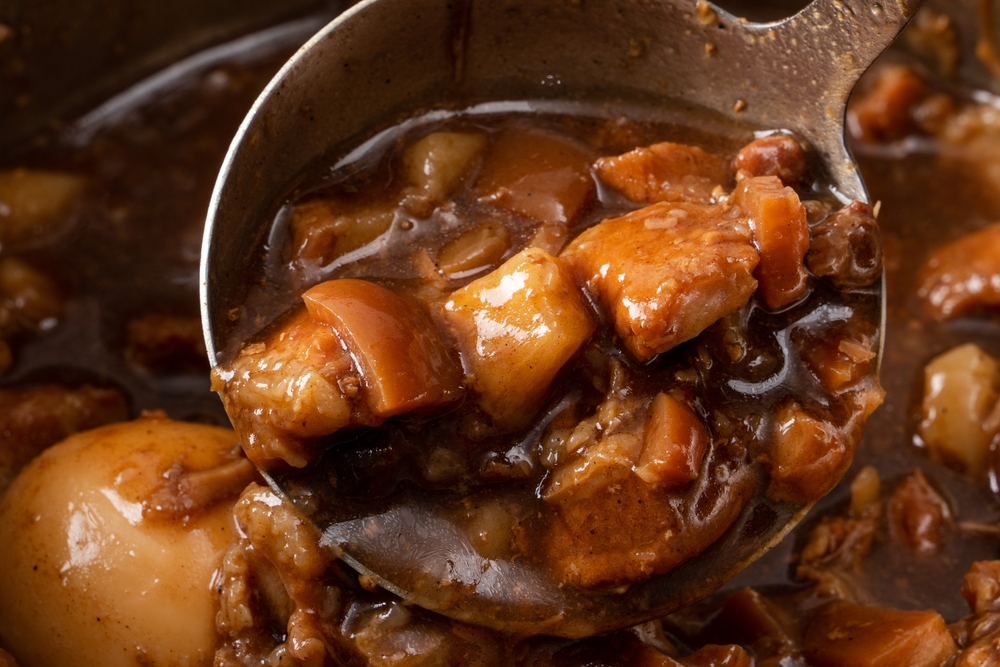
Braising combines searing and slow cooking in liquid, making it ideal for tougher cuts of meat and fibrous vegetables. The initial sear creates flavor, while slow cooking tenderizes the ingredients. Using a heavy, oven-safe pot with a tight-fitting lid helps retain moisture. Incorporating aromatic vegetables and herbs into the braising liquid enhances depth of flavor.
Stir-Frying
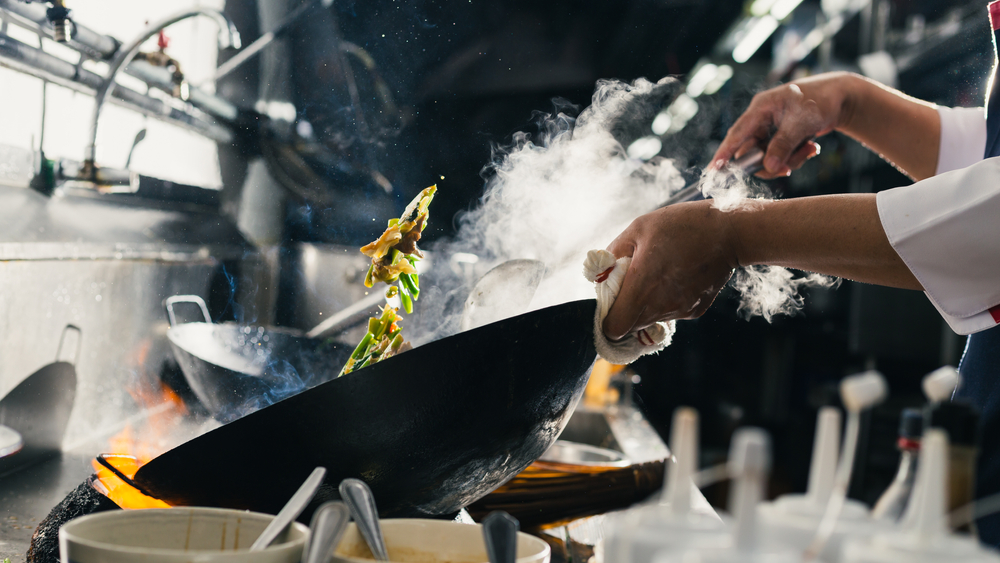
Stir-frying involves quickly cooking small, uniform pieces of food over high heat while stirring constantly. This method, common in Asian cuisine, requires a wok or a large skillet. Preparing all ingredients in advance (mise en place) is essential due to the rapid cooking process. Using oils with high smoke points, such as peanut or vegetable oil, prevents burning.
Blanching and Shocking
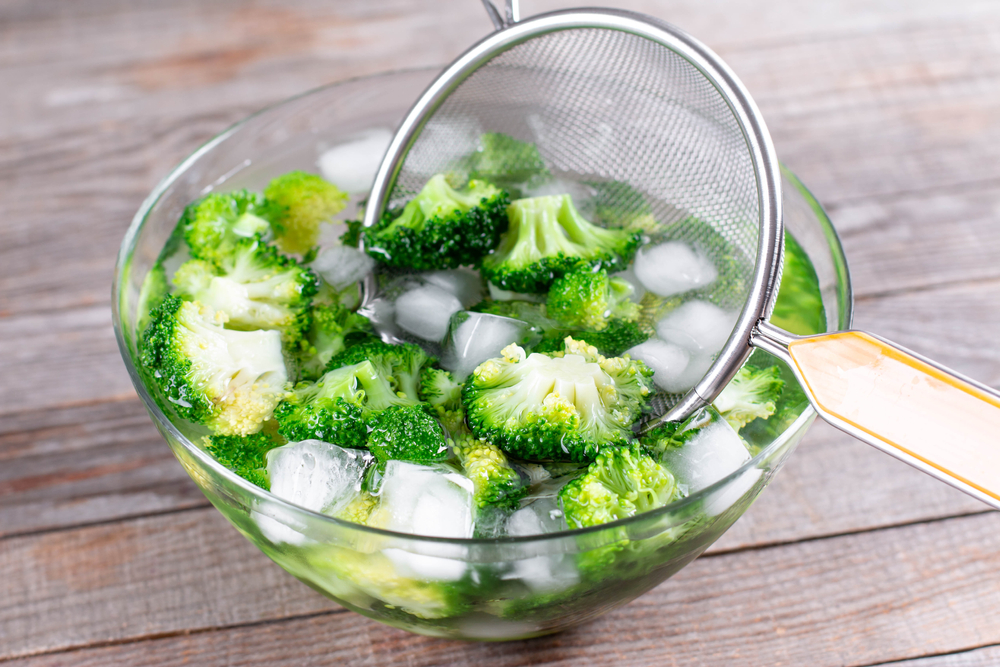
Blanching briefly cooks food in boiling water, followed by an ice-water bath to stop the cooking process. This technique helps preserve color, texture, and nutrients, especially for vegetables. Blanching is also useful for peeling fruits and vegetables, like tomatoes. Timing is key to avoid overcooking during the blanching process.
Deglazing
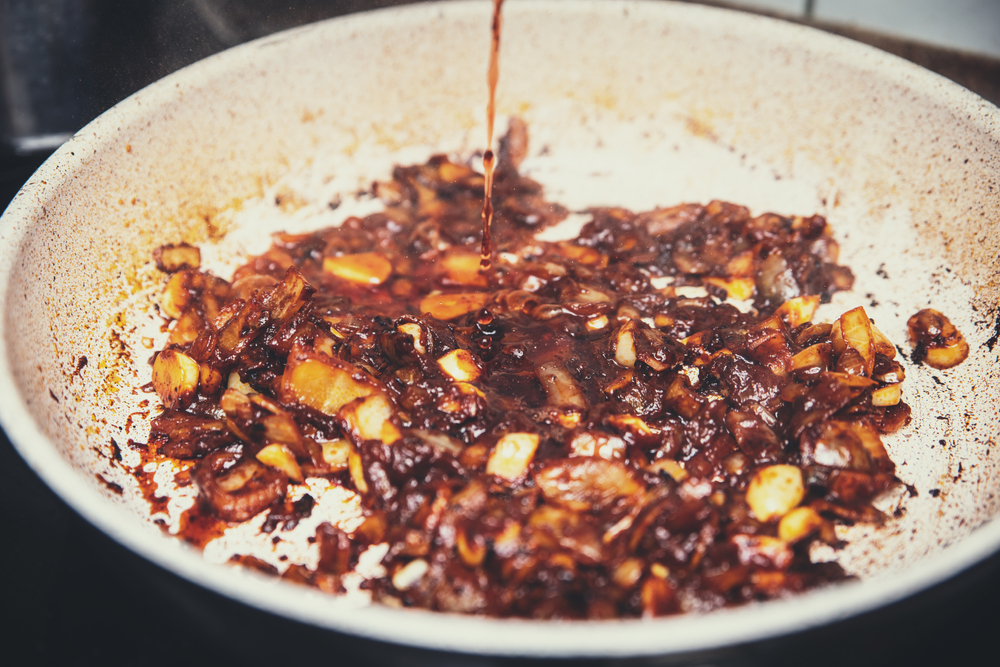
Deglazing involves adding liquid (like wine or stock) to a hot pan to lift browned food bits stuck to the bottom, creating a flavorful base for sauces and gravies. Scraping the pan with a wooden spoon ensures you don’t leave any of that rich, caramelized flavor behind. Mastering this technique adds complexity to simple dishes.
Making Roux
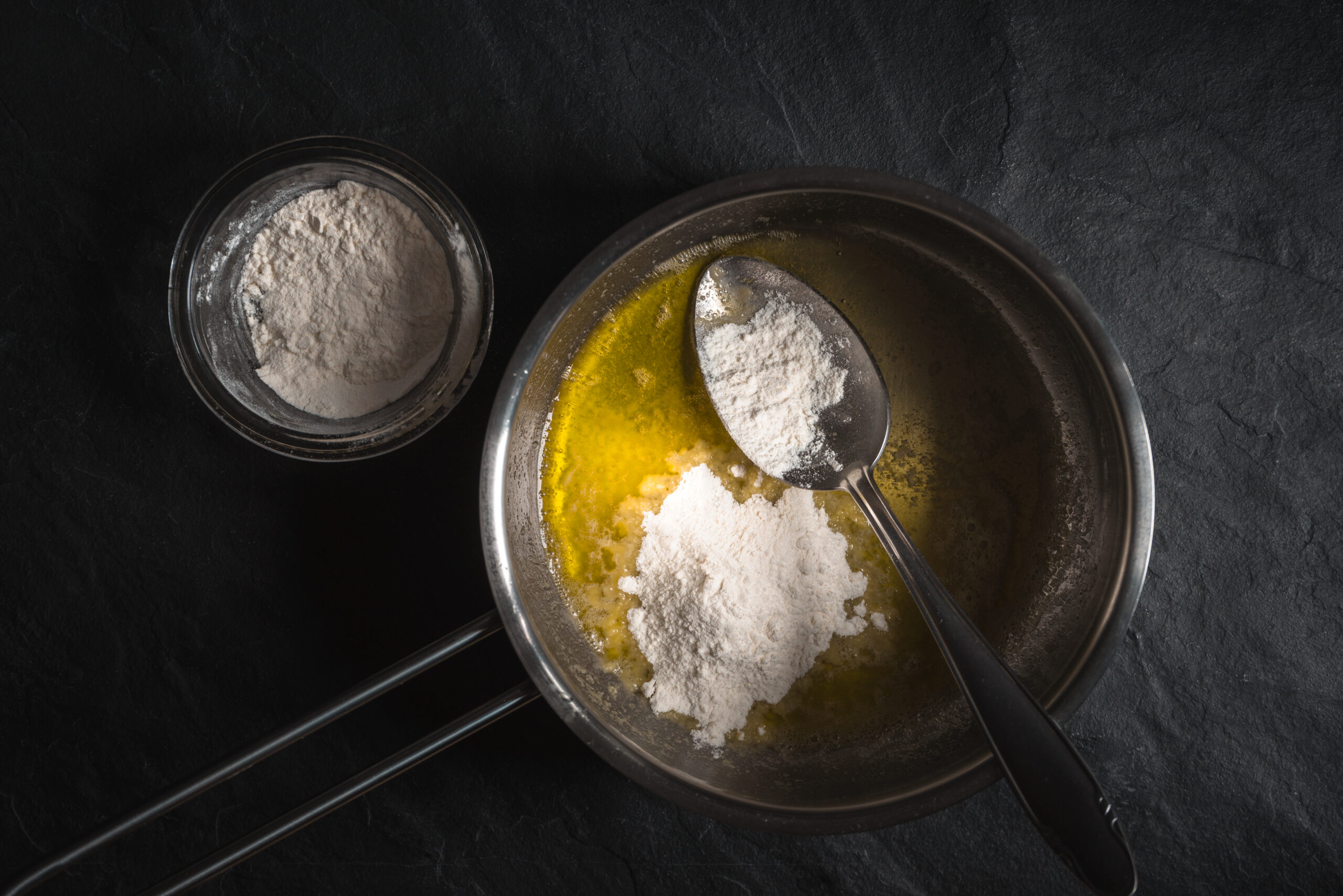
A roux is a simple mixture of fat and flour cooked together to thicken sauces and soups. The degree of cooking—from light to dark—impacts the flavor and color of your dish. A roux is essential for dishes like béchamel, gumbo, and gravy. Getting the right consistency without lumps is crucial for smooth sauces.
Marinating
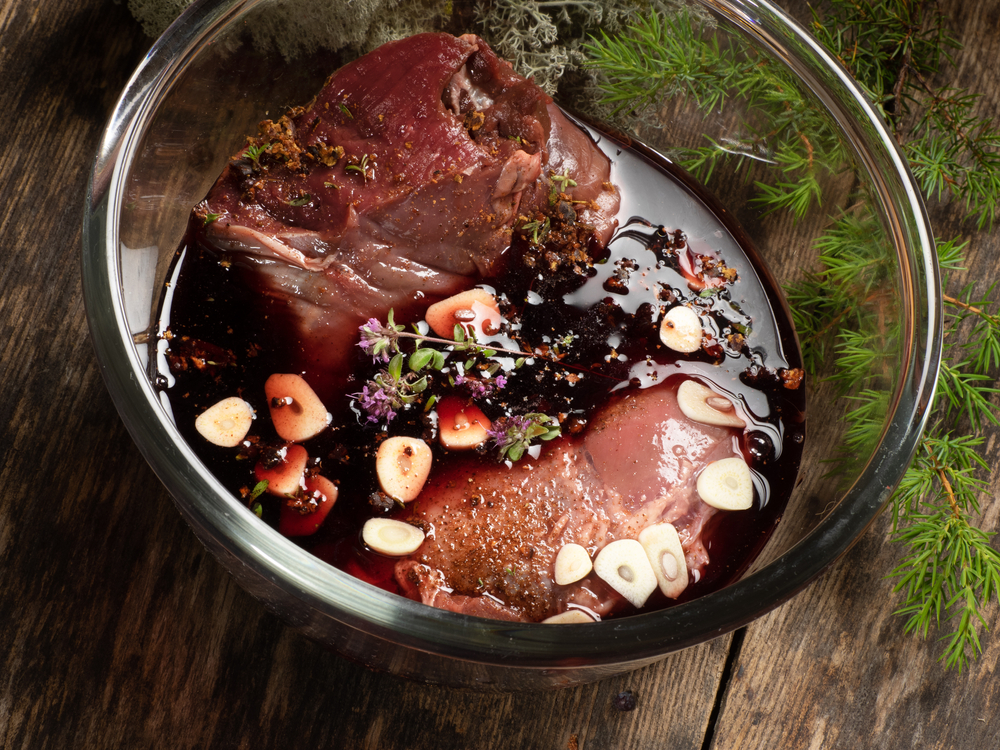
Marinating involves soaking food in a seasoned liquid to enhance its flavor and tenderness. Acids like vinegar or citrus juice, combined with oils and herbs, create the perfect marinade. Timing is important, as over-marinating can make proteins, especially fish, mushy. A good marinade can bring new life to meats, tofu, and vegetables.
Plating and Presentation
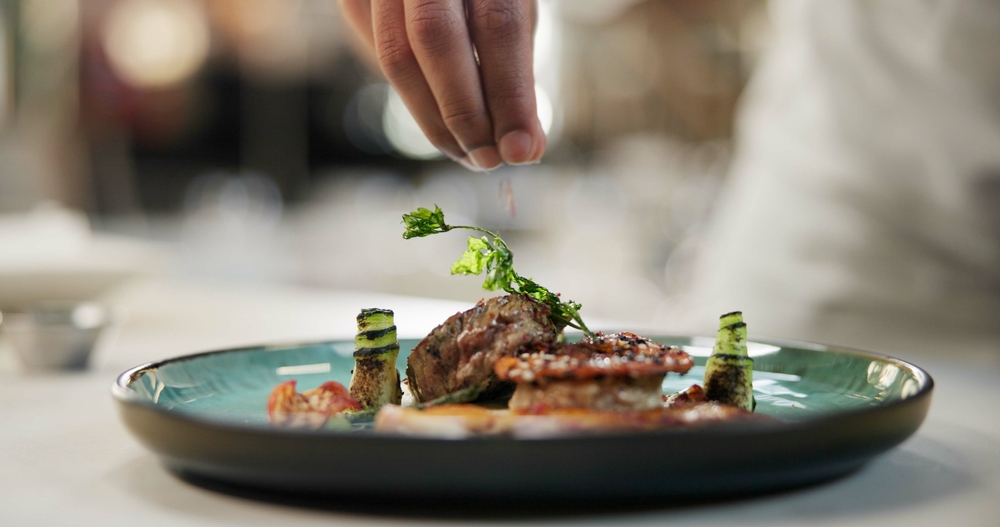
The final step in making a meal is plating. Presentation can elevate a dish, turning it from simple to impressive. Pay attention to balance, color, and texture when arranging the food. Using garnishes and cleaning the plate edges can make a big difference. A well-plated meal shows that you care about both the taste and appearance of your cooking.
This article originally appeared on RetailShout.
More From RetailShout
15 Costco Holiday Desserts to Sweeten Your 2024 Celebration
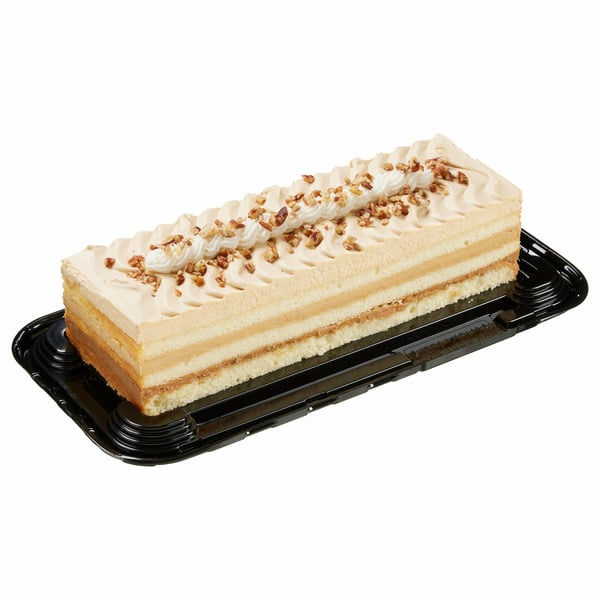
The holiday season is a time for joy, celebration, and, of course, indulging in delicious desserts. Costco, known for its unbeatable deals and variety, brings an impressive selection of holiday treats to make your gatherings even sweeter. Read More.
13 Aldi Meat Products, Ranked

Aldi has a great reputation for offering quality products at affordable prices, and their meat selection is no exception. From chicken to beef, you can find a variety of cuts that suit every meal. Read More.
12 Extravagant Costco Holiday Gifts You Need to See in 2024

The holiday season is all about joy, giving, and finding the perfect gifts for your loved ones. Costco, known for its great deals and high-quality items, has gone above and beyond this year with an array of extravagant holiday gifts. Read More.

